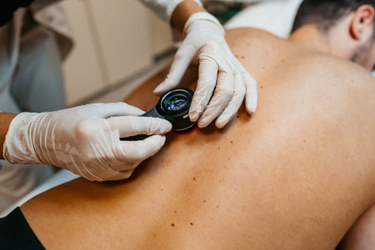Melanoma: Global Clinical Trial Landscape - Focus On Asia Pacific

Accounting for approximately 1 in 5 skin cancers, melanoma is the most dangerous form of skin cancer.1 The cancer forms in the cells that produce the pigment melanin, formally known as melanocytes. While the exact cause of melanoma is unknown, research shows that UV radiation exposure from sunlight can increase the risk of developing skin cancer. This is why melanoma tends to develop more frequently in sun-exposed areas like the face, arms, legs, and back. However, melanoma can arise on any part of the body, even if it isn’t necessarily exposed to sunlight.
When diagnosed, treatment options and recommendations for patients will vary, as they are dependent on the type, stage, location of melanoma, possible side effects, and the patient’s preferences and overall health.8 Typically, the standard for care will involve a range of interventions such as surgery, chemotherapy, radiation therapy, immunotherapy, and targeted therapy. Cutaneous melanoma represents over 90% of all cases of melanoma, making it the most prevalent subtype of melanoma.2 It has a 5-year survival rate ranging from 60% to 90% worldwide.1
Since 2016, biopharma companies have initiated around 1,500 melanoma clinical trials globally, with the Asia Pacific region involved in roughly 30% of the trials. These ongoing studies are reportedly evaluating the effectiveness of existing treatments and exploring new treatment options as well.
Better understand the incidence, distribution, and possible control of melanoma in the Asia Pacific region, the standard of care, the trial landscape, and more by accessing this report.
Get unlimited access to:
Enter your credentials below to log in. Not yet a member of Cell & Gene? Subscribe today.
